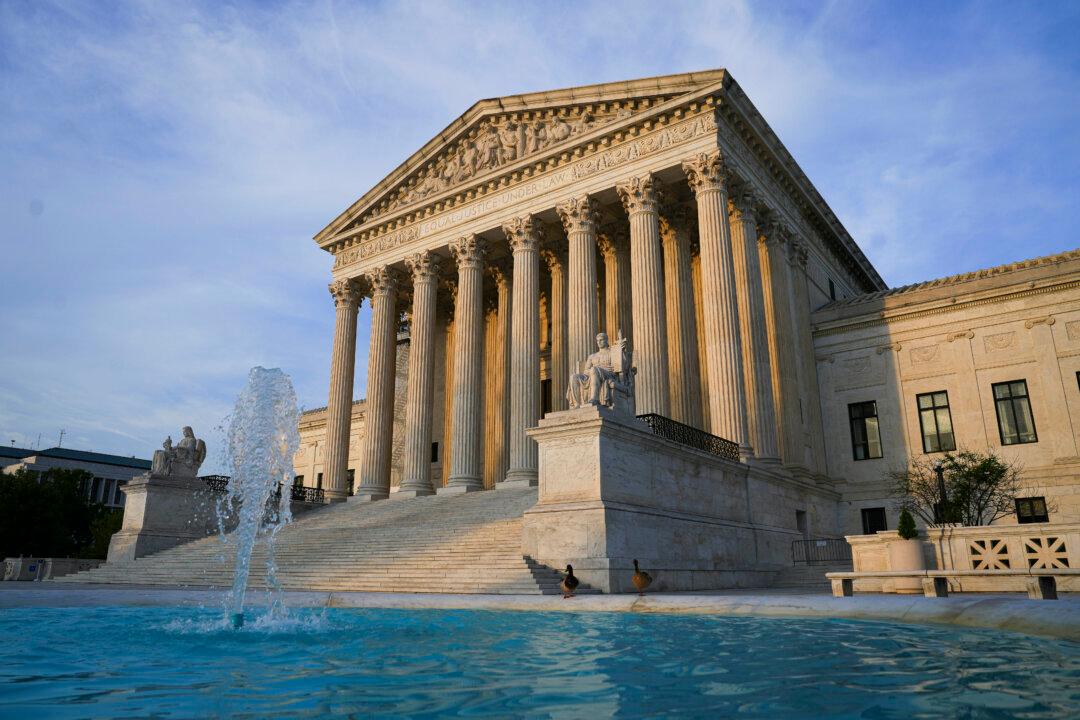Commentary
In the next few weeks, the Supreme Court will be finishing up its October Term. The term gets its name from the fact that it begins on Oct. 1. The next few columns will unpack some of the court’s most important decisions.

In the next few weeks, the Supreme Court will be finishing up its October Term. The term gets its name from the fact that it begins on Oct. 1. The next few columns will unpack some of the court’s most important decisions.